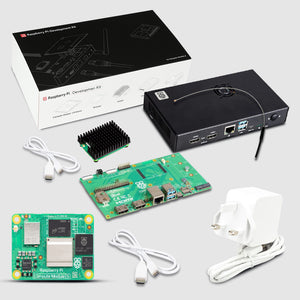Espressif announced its first ever industry’s RISC-V chip and claims to offer dual band Wi-Fi- 6 with Bluetooth low energy (BLE) connectivity: The ESP32-C5.
Following the release of ESP32-C3 and Cost-reduced ESP32-C2, the next in the line is ESP32-C5 the latest System-on-chip (SoC) designed around the free, open-source RISC-V instruction set architecture.

The Company announced that it is going to be used in all parts in the future, ESP32-C5 differs in its connectivity in comparison to its predecessors. As it offers WIFI-6 (802.11ax) connectivity both on 2.4GHz and 5GHz bands and supports 20/40 MHz switchable bandwidth for backward compatibility, it includes over 20 programmable GPIO pins, onboard temperature sensor, SPI, and UART buses, and an Analog to Digital converter.
The company has also tweaked its design with the help of IoT in mind, adding:
- orthogonal frequency division multiple access (OFDMA) for uplink and downlink and,
- Multi-User Multiple-Input Multiple-Output (MU-MIMO) for downlink connections along with support for Wi-Fi 6's target wait time (TWT) feature for improved battery life in excessive workloads.
The product that they produced last year was ESP32-C6 and it has some basic differences which when compared to their new launch i.e. of ESP32-C5 places itself at a higher position let’s see how?
Difference between ESP32-C5 and its predecessor ESP32-C6

Slightly odd, given their relative numerical suffixes this functionality can actually place ESP32-C5 above ESP32-C6 which the company launched last year and offered only 2.4 GHz whereas this module that is new it offers both 2.4 GHz and 5GHz Wi-Fi Connectivity and ESP32-C5 processor's performance is also higher as it provides 240MHz in comparison to ESP32-C6 which provide only 160MHz.

Pricing and Shipping information and schedule have not been decided but have confirmed that support for ESP32-C5 is now available in ESP-IDF, along with ESP-AT and ESP-Hosted for communication coprocessor use.
via Hackster.io








